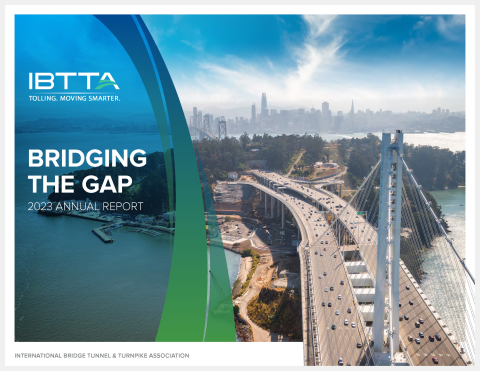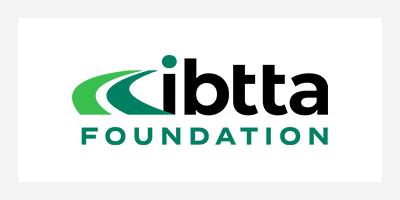- Home
- Visualize The Solution: How To Represent The Benefits of Tolling
Stories
Visualize the Solution: How to Represent the Benefits of Tolling


A couple of excellent visualizations on the Washington Post’s Wonkblog earlier this month got me wondering: How would you use maps to represent the benefits of tolling?
The concept is powerful: On February 2, a map produced by Eric Fischer at Mapbox showed every road in the United States, from interstate highways to local arterials that participate in the Federal-Aid Highway Program. A day later, the Post turned National Bridge Inventory data into a map of every bridge in the country.
It’s important to understand the scope of a big, complex problem, and it’s exciting to live in an era when we have the data and technology to easily gather the information and provide it so vividly. (Much of the time, at least, it’s relatively easy.) But what would a set of U.S. maps look like if they represented the benefits of tolling?
Would one of them compare traffic flows, congestion, and air quality on interstate highways that had been maintained and upgraded strictly with gas tax funding, compared to the same roads with access to a steady, reliable stream of toll revenue?
Would a mapmaker choose crosses, skulls, or some equally macabre device to show the human impacts on a state highway network [Morello, page 2] where poor road conditions cause more accidental injuries and deaths than drugs and alcohol combined?
How many different ways could a map represent the billions of dollars and gallons of fuel that commuters lose in traffic each year? Or the “fully-burdened cost” of wasting fuel that is transported to market in a way that risks the lives and health of U.S. servicemen and women overseas?
Would a tourism map compare the driving experience to Myrtle Beach, SC and the Outer Banks of North Carolina, showing how local communities benefit when visitors have the option of paying a few extra dollars for a quicker drive to their holiday destinations?
Would a U.S. freight map show the added productivity and profitability of tolled corridors so efficient that truckers can add an extra trip—and extra revenue—to their work days?
And if the extraordinary usability of online maps allowed users to focus their attention on specific states and Congressional districts, what difference might that make in the next round of the highway reauthorization debate?
Think thanks, policy organizations, US DOT, state DOTs, Congressional Budget Office, transportation engineering firms and consultants, academic research institutions, can you help create any of the suggested maps above? After all, today’s infographics and visuals are worth a million words.
To learn more about IBTTA’s legislative picture for tolling in 2015, map your own trip to IBTTA’s Washington Briefing, March 29-31 in Washington, DC.
photo credit: Straight scale, compasses and map {4} via photopin (license)

Joining IBTTA connects you to a global community of transportation professionals, offering unmatched opportunities for networking, knowledge-sharing, and collaborative innovation in the tolling and transportation sector.
Follow IBTTA on social media for real-time updates on transportation trends and collaborative opportunities.





